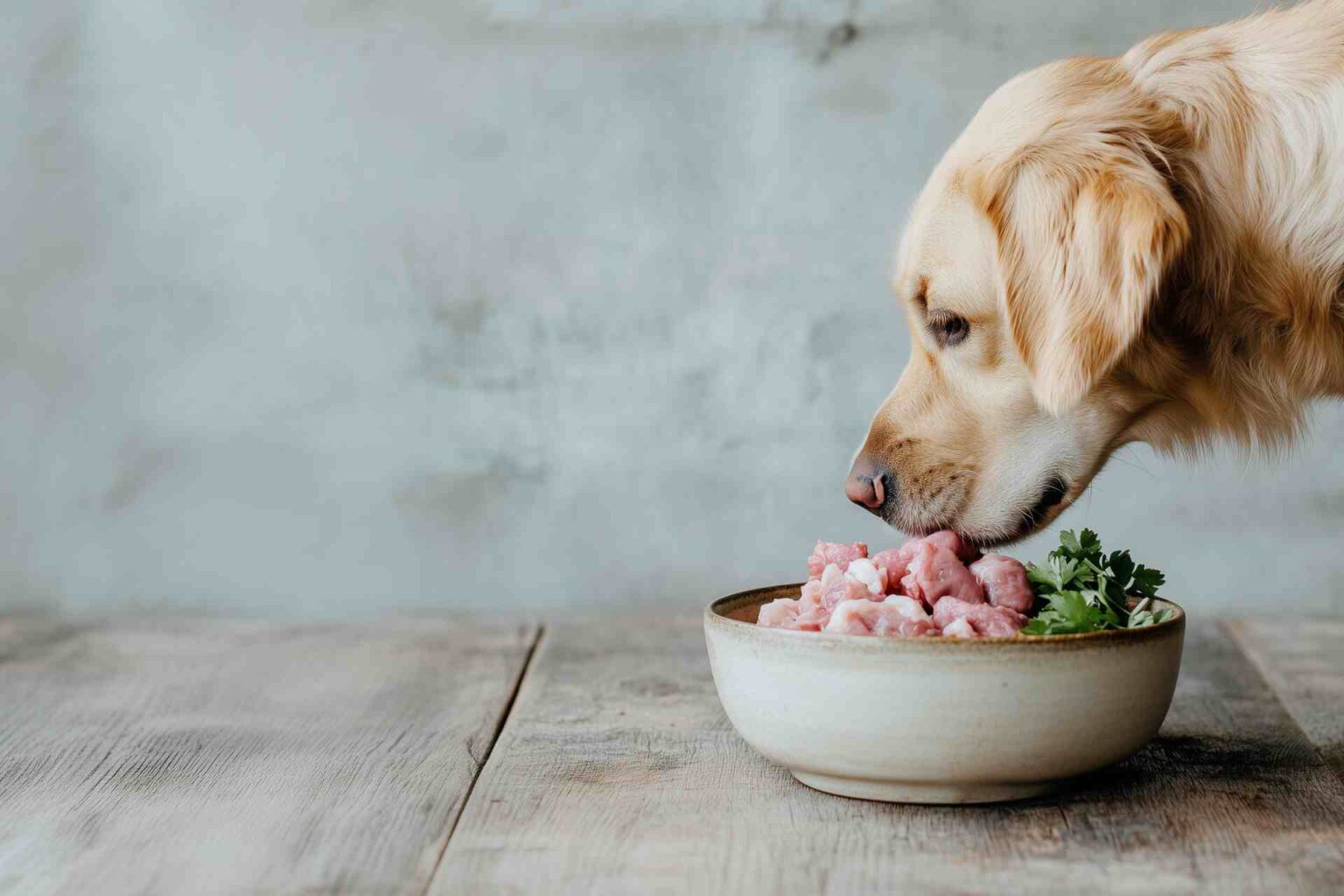Obesity is a highly prevalent multifactorial nutritional disorder in dogs, observed in both developed and developing countries.
It is estimated that more than 40 percent of the canine population suffers from obesity, defined as the excessive accumulation of fatty tissue due to too much food intake or inadequate energy consumption.
As a consequence of the state of obesity, these dogs suffer from reduced quality of life and life expectancy, and an increased risk of developing diseases such as diabetes mellitus, dyslipidemia, and cardiovascular disease.
The canine intestinal microbiota
The intestinal microbiota of healthy dogs is dominated by three phyla: Fusobacterium, Bacteroidetes, and Firmicutes; a smaller percentage is found in Proteobacteria and Actinobacteria.
Fusobacteria are abundant in the intestines of healthy dogs, whereas in humans and other animals this has not been detected. Although, even in dogs, the composition of the gut microbiota is stable during adult life, this stability is observed only in the short term. Factors, in fact, such as diet, drug intake and age have an important function in shaping the gut microbiota in dogs.
Various studies have shown that a loss of microbiota homeostasis, or dysbiosis, is linked to some diseases such as inflammatory bowel disease and metabolic disorders.
What impact does obesity have on the microbiota?
The gut microbiota has a mediating action in changes in energy storage leading, in some cases, to short-, medium-, or long-term pathophysiological consequences. Energy balance in animals is a delicate balance between energy consumption and expenditure, and there are still few studies that have analyzed the impact of obesity on the gut microbiota of dogs and the resulting alterations in microbiota function.
A recent study has compared the composition and predicted functions of the gut microbiota in obese and normal-weight adult dogs. Twenty clinically healthy dogs were classified according to their body condition score (BCS) as obese or normal weight, and the microbiome composition of both was determined by sequencing the 16S rRNA region from DNA extracted from feces.
In both groups of dogs, the most abundant phyla were Firmicutes e Bacteroidetes, followed by Fusobacteria, Proteobacteria and Actinobacteria. The study revealed significant differences between the two groups at the phylum level; in particular, obese dogs showed a higher amount of Firmicutes and a decrease in Bacteroidetes.
At the genus level, samples from both groups were dominated by Blautia, Bacteroides, and Peptoclostridium; in obese dogs, however, there was an increase in the relative amount of Peptoclostridium and a decrease in the genera Bacteroides.
The researchers, moreover, showed that the microbiota compositions of these animals appeared to correlate with their BCS, whereby in obese dogs there was enrichment in pathways related to motility, chemotaxis, flagellar assembly, transport functions and two-component systems. In normal-weight dogs, a dislocation in general biosynthetic pathways (terpenoids, folates, lipopolysaccharides) as well as hexosaminidases was evident.
Conclusions
The study data show clear differences between the gut microbiome of obese and normal-weight dogs, but further studies are needed to use this information to modulate the gut microbiota and improve animal health.
Understanding the contribution of specific taxa of the microbiota and their metabolic activities in dog obesity could be an important tool useful for the management of obesity and other diseases.
Reference
Thomson P, Santibáñez R, Rodríguez-Salas C, Flores-Yañez C, Garrido D. Differences in the composition and predicted functions of the intestinal microbiome of obese and normal weight adult dogs. PeerJ. 2022 Feb 16;10: e12695. doi: 10.7717/peerj.12695.











